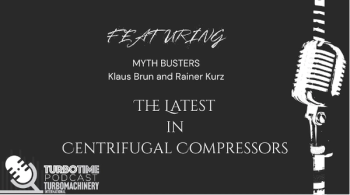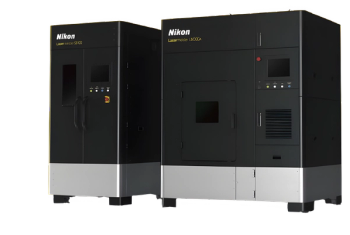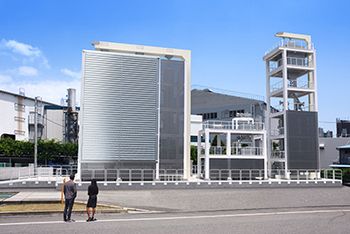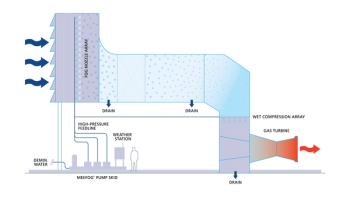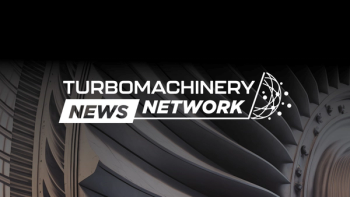
GE Aerospace Begins Dust-Ingestion Testing for CFM RISE Program
Key Takeaways
- CFM RISE program focuses on durability and efficiency, simulating real-world conditions for next-gen engine technologies through dust-ingestion testing.
- Over 350 tests completed, targeting more than 20% improved fuel burn compared to current engines, with advancements in engine architectures and hybrid systems.
Using a proprietary mix of sand and other particles, the dust-ingestion testing aims to replicate how parts may withstand flight conditions in harsh operating environments.
CFM International, a GE Aerospace joint venture, started
“With the RISE technology demonstration program, we’re pursuing durability and efficiency improvements with equal focus,” said Arjan Hegeman, Vice President, Future of Flight at GE Aerospace. “This incorporates lessons from the flying fleet today to inform our future engine products by testing early and often.”
GE Aerospace uses a proprietary mix of sand and additional particles for dust-ingestion testing. A dedicated test rig injects dust into the engine for thousands of cycles, which simulates takeoff and climb, cruise, and landing. The campaign replicates how components may withstand flight conditions in severe operating environments globally—a vital aspect for customer operations.
The company performed over 3,000 endurance cycles for advanced HPT airfoils throughout 2025, with previous tests of HPT blades and nozzles validating thermal, mechanical, and overall system performance. CFM is developing a compact engine core equipped with a high-pressure compressor, HPT, and combustor technologies for a demonstrator this decade. The core’s conceptual design review is completed.
Established in 2021, the CFM RISE program is a technology demonstrator with over 350 tests completed to date, including tests on advanced engine architectures such as
These program-related technologies are progressing toward ground and flight tests this decade, with work underway on aircraft and engine integration. In September 2025, GE Aerospace elected Craig Higgins at Chief Mechanic and Architect for Open Fan technology, prioritizing the producibility, durability, and maintainability of next-generation engines.
Manufacturing & Training
Also, in early September 2025,
The proposed engine training school will support personnel in maintaining F110 engines via course material and curriculums developed by GE Aerospace and WAT. For the additive manufacturing laboratory, the partners will initially prioritize the equipment and training needed to support the university. Currently, GE Aerospace and WAT are partnered on the AH-64E Apache offset program, with plans to extend this collaboration under the MoU.
With a highest thrust of 29,500 lbs., the F110-GE-129 engine is the only fully integrated unit for the F-15EX Eagle II. The engine is in production and presently equipped on the U.S. Air Force’s F-15EX, F16, and Turkey’s Kaan fighter, obtaining over 11 million flight hours since its inception. Over the last few decades, more than 90% of its parts were upgraded to improve performance, readiness, and lifecycle costs. Approximately 90% of engine maintenance can be executed on wing or on-site facility, minimizing aircraft downtime and durability.
In terms of additive manufacturing, GE Aerospace acquired Morris Technologies and established Colibrium Additive to incorporate additively manufactured parts in its commercial and military engines. This method allows the company to produce complex parts with greater efficiency, lower weight, and improved fuel consumption.
Newsletter
Power your knowledge with the latest in turbine technology, engineering advances, and energy solutions—subscribe to Turbomachinery International today.

